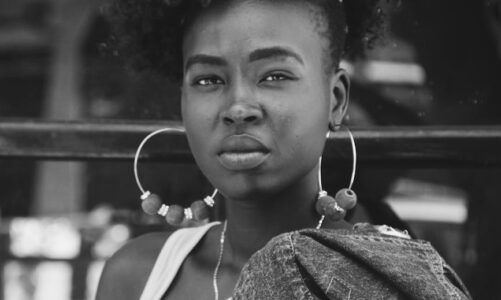The overrepresentation of Black children in special education programs, particularly in the context of Individualized Education Programs (IEPs), is a complex issue that stems from a combination of factors related to educational disparities, systemic inequalities, cultural biases, and social determinants of health. Several key factors contribute to the overrepresentation of Black kids with IEPs:
1. Implicit Bias and Stereotyping:
Educational professionals, including teachers, administrators, and school psychologists, may hold implicit biases and stereotypes that influence their perceptions of Black students’ behavior, learning abilities, and academic performance. These biases can lead to misinterpretations of students’ needs and result in disproportionate referrals for special education evaluations.
2. Disproportionate Disciplinary Practices:
Black students are more likely to face disciplinary actions, such as suspensions and expulsions, compared to their white peers. The punitive disciplinary policies in schools can contribute to the misidentification of behavioral challenges as indicators of special education needs, leading to the overrepresentation of Black children in special education programs.
3. Lack of Culturally Responsive Practices:
The educational system may lack culturally responsive practices that recognize and address the unique cultural, linguistic, and social backgrounds of Black students. Failure to consider cultural factors in the assessment and intervention process can result in the misdiagnosis of learning differences and disabilities among Black children.
4. Socioeconomic Factors:
Black children are more likely to experience socioeconomic disadvantages, including poverty, limited access to quality healthcare, inadequate nutrition, and exposure to environmental stressors. These socioeconomic factors can impact children’s academic performance, cognitive development, and overall well-being, leading to an increased likelihood of being identified for special education services.
5. Inequitable Access to Resources:
Black students may face barriers to accessing high-quality education, early intervention services, and specialized support programs. Disparities in resource allocation, funding, and educational opportunities can limit Black children’s access to early identification and intervention for learning differences or disabilities.
6. Intersectionality of Identities:
Black children who identify with multiple marginalized identities, such as being Black and disabled, may face compounded barriers and challenges in the educational system. Intersectionality can magnify the effects of systemic inequalities and discrimination, leading to higher rates of identification for special education services among Black students.
7. Differential Treatment and Expectations:
Black children may experience differential treatment, lower academic expectations, and reduced opportunities for academic enrichment and advancement compared to their white peers. Biased perceptions of Black students’ abilities and potential can contribute to the overrepresentation of Black kids in special education programs.
Addressing the overrepresentation of Black children in special education requires a comprehensive approach that includes cultural competence training for educators, the implementation of culturally responsive practices, the promotion of equity and inclusion in schools, and the recognition of the intersectional identities of students. By addressing systemic biases, promoting equity in education, and providing appropriate support and resources for all students, we can work towards reducing disparities and ensuring that all children receive the education and support they need to succeed.



